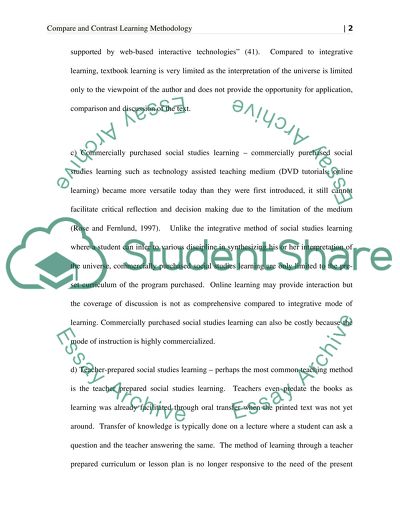Cite this document
(“Pros and cons of the different learning methods Essay”, n.d.)
Pros and cons of the different learning methods Essay. Retrieved from https://studentshare.org/education/1443210-pros-and-cons-of-the-different-learning-methods
Pros and cons of the different learning methods Essay. Retrieved from https://studentshare.org/education/1443210-pros-and-cons-of-the-different-learning-methods
(Pros and Cons of the Different Learning Methods Essay)
Pros and Cons of the Different Learning Methods Essay. https://studentshare.org/education/1443210-pros-and-cons-of-the-different-learning-methods.
Pros and Cons of the Different Learning Methods Essay. https://studentshare.org/education/1443210-pros-and-cons-of-the-different-learning-methods.
“Pros and Cons of the Different Learning Methods Essay”, n.d. https://studentshare.org/education/1443210-pros-and-cons-of-the-different-learning-methods.


